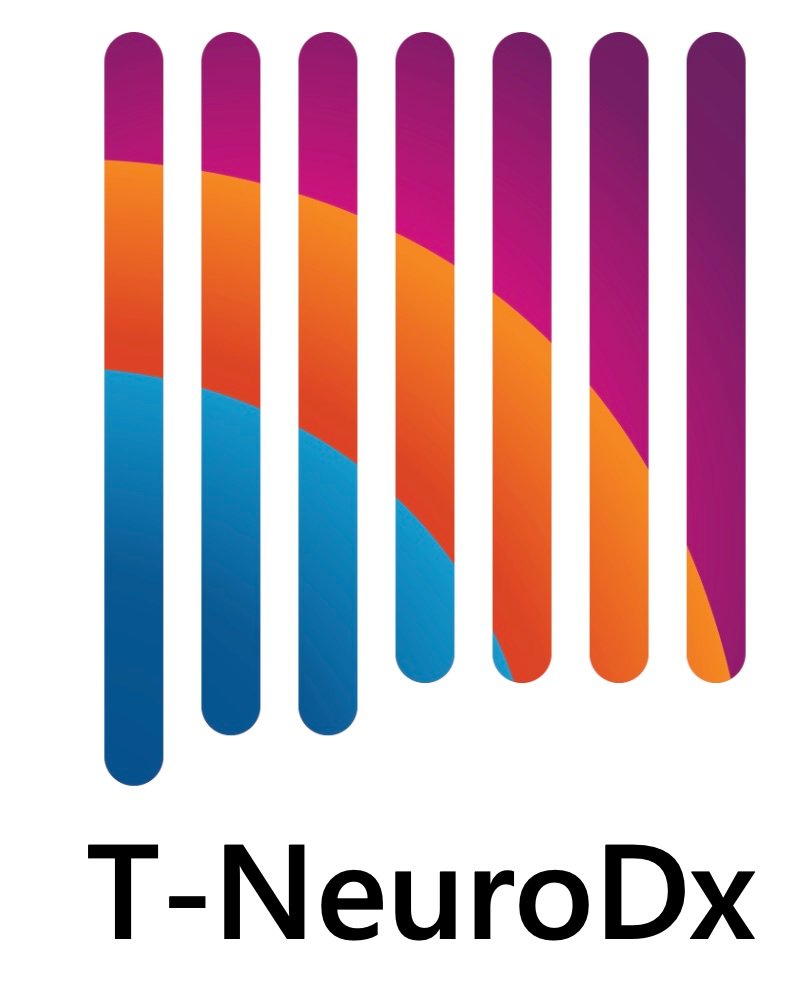While research from DappRadar shows a dip in blockchain gaming metrics, the broader view is of an industry “growing up”.
Let’s get the slightly gloomy numbers out of the way first. Daily Unique Active Wallets (think of these as daily players jumping in) dropped to 4.8 million in April, a 10% dip over the previous month. That’s the lowest we’ve seen this year.
Cash injections weren’t exactly booming either, with a modest $21 million raised. DappRadar points out that a lot of the market’s attention seems to be wandering off towards the shiny new toys like AI and real-world assets.

However, it’s not all over for blockchain gaming. As DappRadar puts it, “It’s not explosive growth, it’s foundational work.”
DappRader points to three developments supporting the next phase of blockchain gaming:
- Cash for games: Arbitrum, a system that helps make crypto stuff run faster and cheaper, has started dishing out cash from its $200 million fund. That means more games are getting the investment they need to actually get built and into our hands.
- Creative hubs expanding: Platforms like Immutable are becoming go-to spots for new game studios. Fresh game ideas are being hammered into exciting new shapes.
- Opening the doors: Ronin, the tech behind the famous Axie Infinity game, is now welcoming other game developers. More choice, more fun, and more chances for developers to build something amazing on a proven system.
Even the giants of the gaming world, like Sega and Netmarble, are still showing up to the Web3 party. However, DappRadar notes that “the ones making progress are those who collaborate with Web3-native teams.”
In plain English? The big companies are realising they can’t just slap “blockchain” on an old game. They need the passion and know-how of teams who eat, sleep, and breathe Web3 technologies.
The real change in blockchain gaming: More fun, less grift
This is perhaps the most exciting shift of all. The report highlights a “clear shift in priorities, away from unsustainable token models and toward gameplay, interoperability, and actual user retention.”
In practice, that means:
- Games that players want to play: The new focus is on making games that are genuinely fun to play, with great stories, clever mechanics, and reasons to keep coming back.
- Your stuff, your rules: Proof of ownership was touted as the main benefit of blockchain gaming, with interoperability even potentially enabling the item you own to be used in other compatible game worlds.
- Hooked for the right reasons: Developers are now aiming to keep players around because the game is engaging and rewarding, not just because of some speculative token you hope will make you (or them) rich quickly. They want you to love the game, not just the crypto ticker.
So, is blockchain gaming dead? Far from it. As DappRadar concludes, “The blockchain gaming industry isn’t dead — it’s evolving. It’s moving from noise to signal. And the ones still here? They’re building what comes next.”
(Photo by Damian Ochrymowicz)
See also: Coinbase x402 enables instant stablecoin payments over HTTP

Want to learn more about blockchain from industry leaders? Check out Blockchain Expo taking place in Amsterdam, California and London. The comprehensive event is co-located with other leading events including Digital Transformation Week, IoT Tech Expo, Edge Computing Expo, Intelligent Automation, AI & Big Data Expo, and Cyber Security & Cloud Expo.
Explore other upcoming enterprise technology events and webinars powered by TechForge here.




